
You come home one day from a long day at work and you see a chewed up bottle of pills lying on the floor. At first you may be a bit confused, but then you look at your dog, look at the empty bottle, and it all makes sense. Your dog just ate a bottle of pills!
Don’t panic. This article will teach you the steps to take when your dog eats something that it shouldn’t such as pills, cleaning agents, or rat poison. This can be a very scary moment, the kind of moment where your stomach knots up in fear. If you have a basic plan of action, you can help ensure that your pet has the best chance for a good recovery.
Call your veterinarian. But, before you call you must gather a bit of information first. This information will be essential in helping your veterinarian make decisions about how to handle the problem. The two most important pieces of information your veterinarian will need is the original drug package and an estimated time of when your dog ate it.
Hopefully you can find the majority of the packaging left. Some dogs will shred the bag or bottle into a million pieces. In these cases, try to find another package or bottle identical to the one eaten. Once you find the package, look for two things. The first is the generic name of the drug. For example, the generic name of Tylenol is acetaminophen. The generic name for Advil is ibuprofen. Your veterinarian will be familiar with these types of drugs/poisons. However, it is important to know the generic name, especially for prescription drugs, rat poisons, and the ingredients in household cleaners. Different drugs/poisons have different treatments and a different prognosis.
After you find the generic drug name on the package, the next piece of information to look for is the concentration of the drug. Pills will label the concentration of drug per pill. For example, Advil (ibuprofen) commonly comes in 200 mg per pill. Poisons tend to label the total amount of drug in the package. Household cleaners will have a volume and percentage of drug, for example a 500 mL bottle of 1% bleach. By letting your veterinarian know the concentration of the drug, he/she can calculate the toxic dose of the drug.
The toxic dose of a drug is the amount of drug or poison required to cause harm to your dog. To calculate the toxic dose, your veterinarian needs to know the amount of drug eaten (half bottle of pills, 200 mL, whole package, etc) and the concentration of the drug in the product. Then the weight of your dog is factored in. A big dog can eat more of a certain drug without being harmed than a little dog can.
After you find the packaging, or similar packaging, and write down the generic name and concentration, your next vital step is to estimate when your dog ate the drug/poison. Think of the last time you saw the dog- this is the beginning of the time period when your dog could have eaten the drug. Perhaps this was six hours ago. Let your veterinarian know that your dog could have eaten the drug any time from six hours ago to very recently. The time frame is important because the stomach fully empties in about two hours. After this time, much of the drug will move into the intestines and little of it will be removed from the dog by making it vomit. Ideally, making a dog vomit within two hours of eating a drug/poison will remove most of it before it leaves the stomach.
This all happens very quickly. After you gather information about the generic drug name and concentration, and the estimated time of eating, call your veterinarian immediately. If you can’t quickly find the above information, call your vet anyways. Never treat your pet without speaking to your vet first. Your veterinarian may instruct you to make the dog vomit at home. The methods available at home include hydrogen peroxide and syrup of Ipecac. It is essential that you talk to your veterinarian before you induce vomiting in your dog. Depending on the physical state of your dog and the type of drug/poison, vomiting may make your dog worse.
The safest thing to do, even if your dog is below the toxic dose, is to bring it to the veterinary clinic. Once at the clinic, your veterinarian will most likely induce vomiting (depending on the drug), will feed your dog something called “activated charcoal” to absorb the toxin, and may be able to give an antidote. Depending on how severely affected your dog is, it may have to stay at the hospital for an extended period of time.
If your dog eats a drug or poison, be sure to follow these instructions. You may think that your dog will be fine, but many signs of organ damage won’t show immediately after ingestion. Don’t panic. Time is essential, but so is good communication with your veterinarian. Being properly prepared will help you help your veterinarian to make the best decisions about the care for your dog.
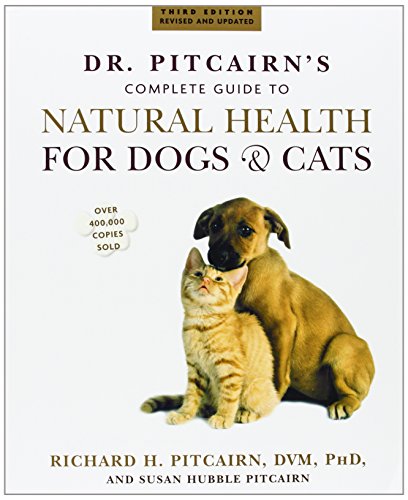 Sarcoptic Mange and Mange in Dogs and other Canine Diseases Humans Can Get
Sarcoptic Mange and Mange in Dogs and other Canine Diseases Humans Can Get
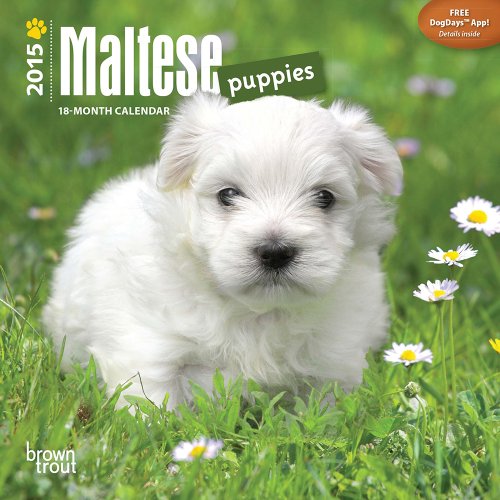 The Maltese Dog is a Loving Companion to Royalty and Celebrities Alike
The Maltese Dog is a Loving Companion to Royalty and Celebrities Alike
 Our Thoughts On Neutering
Our Thoughts On Neutering
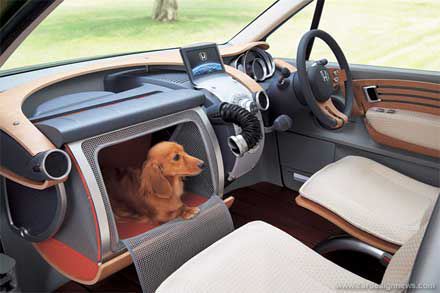 Traveling Dogs - How to travel with your dog
Traveling Dogs - How to travel with your dog
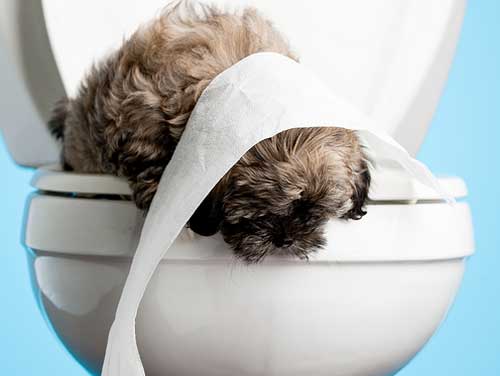 How to potty train your puppy
How to potty train your puppy
 Disadvantages And Advantages Of Dog Boarding Solutions Online
Disadvantages And Advantages Of Dog Boarding Solutions Online
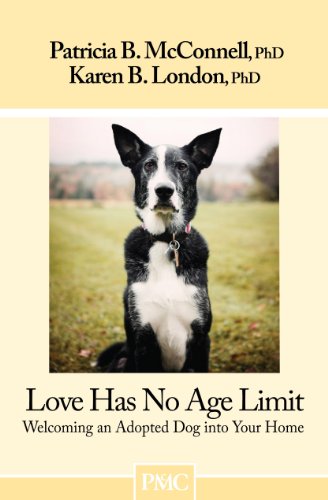 Where Can I Find a Dog for My Family?
Animal Shelter in Iowa, Washington
Cr
Where Can I Find a Dog for My Family?
Animal Shelter in Iowa, Washington
Cr
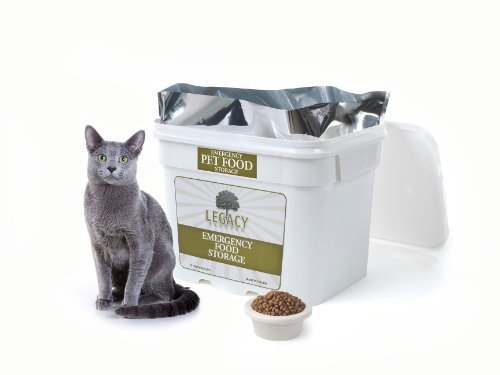 Prepare your Pets for Natural Disaster
In light of all the natural disasters that have happene
Prepare your Pets for Natural Disaster
In light of all the natural disasters that have happene
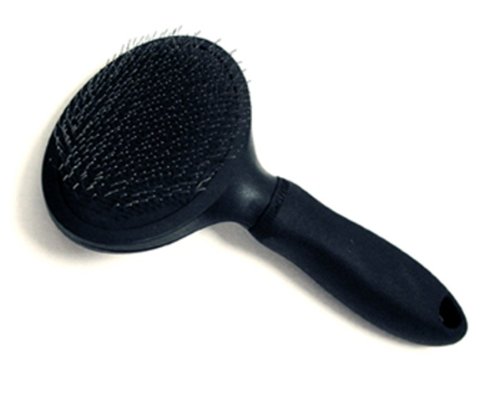 Caring For a Golden Doodle
Credit: www.pixabay.com
Caring For a Golden Doodle
Credit: www.pixabay.com
 Cane Corso Breeder Interview Breeder Interview: Virginia Dunn Discusses The Great Italian Mastiff
Cane Corso Breeder Interview
The Dog Guide is pleased to p
Cane Corso Breeder Interview Breeder Interview: Virginia Dunn Discusses The Great Italian Mastiff
Cane Corso Breeder Interview
The Dog Guide is pleased to p
 What Kind of Dog Should I Get?
Beagle
Credit: http://commons.wikimed
What Kind of Dog Should I Get?
Beagle
Credit: http://commons.wikimed
Copyright © 2005-2016 Pet Information All Rights Reserved
Contact us: www162date@outlook.com